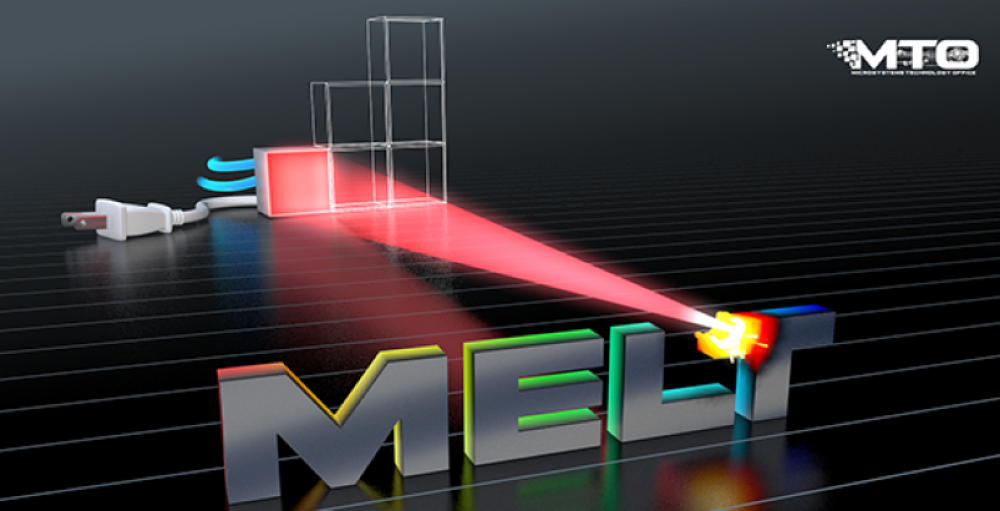
Northrop Grumman will advance to Phase 2 of DARPA’s Modular Efficient Laser Technology (MELT) program, fabricating a new kind of high-power tile to lower the production cost and scalability of laser weapon systems (LWS).
The $8 million contract awarded on April 11 follows a two-year, competitive design effort in Phase 1 involving several companies.
DARPA selected only Northrop for Phase 2 to fabricate a full laser tile array of semiconductor amplifiers that can compete with the best laser weapon systems on the market now.
An optional Phase 3, which could begin in 2027, would direct Northrop to assemble nine laser tiles into a three-row panel array, then test it to meet a classified list of performance requirements.
If the MELT program is successful, the technology may solve the cost and scalability challenges with the current state of the art of high energy lasers (HEL) based on fiber as the laser source.
“These [fiber-based] systems are large and heavy, contain large numbers of individual components, and require skilled labor to fabricate and integrate. This makes current LWS difficult and costly to manufacture, limiting their deployment and application,” DARPA says in fiscal 2024 budget justification documents.
DARPA launched the MELT project to leverage advances in coherent beam combining of semiconductor-based optical systems, along with new ways of fabricating photonic integrated circuits.
“This will provide the LWS developer a scalable HEL architecture that maintains excellent beam quality and allows LWS deployment on size, weight, and power-constrained platforms,” DARPA says in budget documents.





